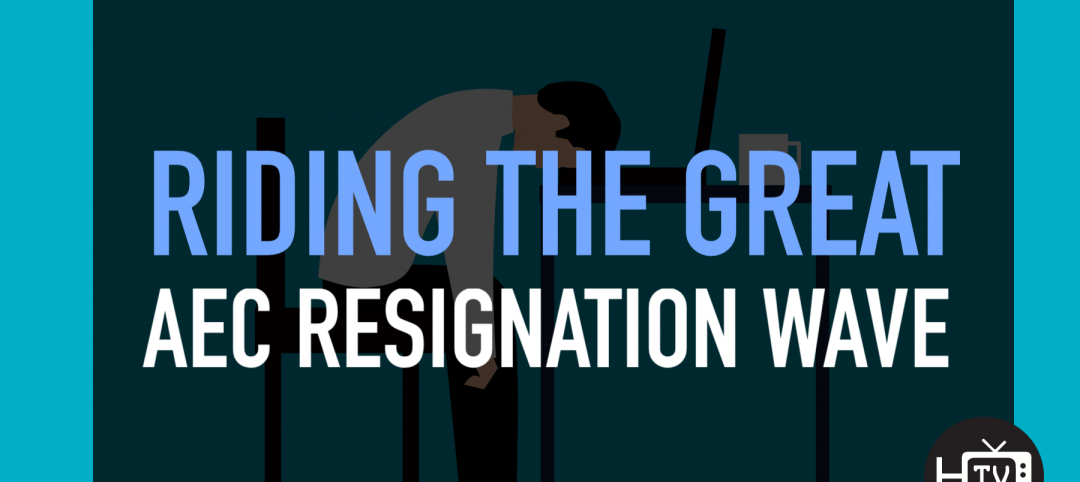A new study by Boulder, Colo.-based Navigant Research projects that public- and private-sector efforts to lower the carbon footprint of new and renovated commercial and residential structures will boost the annual revenue generated by commercial and residential zero energy buildings (ZEBs) over the next 20 years by 122.5%, to $1.4 trillion.
This study cites the lack of unified standards bodies as a barrier to the growth of ZEBs. It forecasts revenues for six product and service categories—lighting, walls and roofing, HVAC, glazing, renewable energy, and soft costs—by geographic and national regions, with specific emphasis in the U.S. on California and Massachusetts.
“The global zero energy building market has many pockets of potential growth, but challenges remain in defining what exactly a ZEB is, as well as raising awareness of the increasing accessibility of these solutions,” said Noah Goldstein, research director with Navigant Research. “The strongest driver for this market is regulation, as policies like the European Union’s Energy Performance of Buildings Directive and California’s evolving Title 24 building code bring ZEB markets into being for new commercial, new residential, and retrofitted commercial spaces.”
The technology and equipment associated with the building envelope are developing rapidly, reducing the soft costs associated with ZEBs, according to the report. New developments in building envelope materials, along with innovative manufacturing techniques for windows and glazing, should help lower the energy use intensity of buildings. This focus on improved envelopes is expected to aid the greater building ecosystem, reducing energy costs for non-ZEBs, as well.
Related Stories
Sponsored | Glass and Glazing | Oct 1, 2021
Specifying Responsibly to Save Birds’ Lives
Realizing sustainable, bird-friendly glass design
Sponsored | Glass and Glazing | Oct 1, 2021
Seizing the Daylight with BIPV Glass
Glass has always been an idea generator. Now, it’s also a clean energy generator.
Architects | Sep 30, 2021
Riding the great AEC resignation wave
More people than ever are reconsidering what work and career mean. What can AEC firms do to recruit and retain workers in this changing workplace environment? Karl Feldman, Partner with Hinge Marketing, discusses ideas and strategies with BD+C's John Caulfield in this exclusive interview for HorizonTV.
Glass and Glazing | Sep 30, 2021
Plans move forward on Central Place Sydney, duel towers with an AI-driven façade system
SOM and Fender Katsalidis are designing the project.
Architects | Sep 28, 2021
Hoffmann Architects Welcomes Travis Heim as Senior Staff Architect
Hoffmann Architects, an architecture and engineering firm specializing in the rehabilitation of building exteriors, announces that Travis Heim has joined the New York office as Senior Staff Architect.
AEC Business Innovation | Sep 28, 2021
Getting diversity, equity, and inclusion going in AEC firms
As a professional services organization built on attracting the best and brightest talent, VIATechnik relies on finding new ways to do just that. Here are some tips that we’ve learned through our diversity, equity, and inclusion (DE&I) journey.
Multifamily Housing | Sep 22, 2021
Designing for the ‘missing middle’ in multifamily housing
Multifamily housing expert Patrick Winters, AIA, discusses a neglected segment of the market: the "missing middle."
Multifamily Housing | Sep 22, 2021
11 notable multifamily projects to debut in 2021
A residence for older LGBTQ+ persons, a P3 student housing building, and a converted masonic lodge highlight the multifamily developments to debut this year.
Data Centers | Sep 22, 2021
Wasted energy from data centers could power nearby buildings
A Canadian architecture firm comes up with a concept for a community that’s part of a direct-current microgrid.
Hotel Facilities | Sep 22, 2021
Will hotel developers finally embrace modular construction?
Last May, MiTek, a construction software and building services company that’s part of Warren Buffett’s Berkshire Hathaway conglomerate, formed a partnership with Danny Forster & Architecture to promote modular design and construction.

















